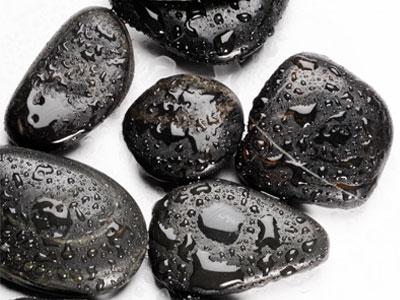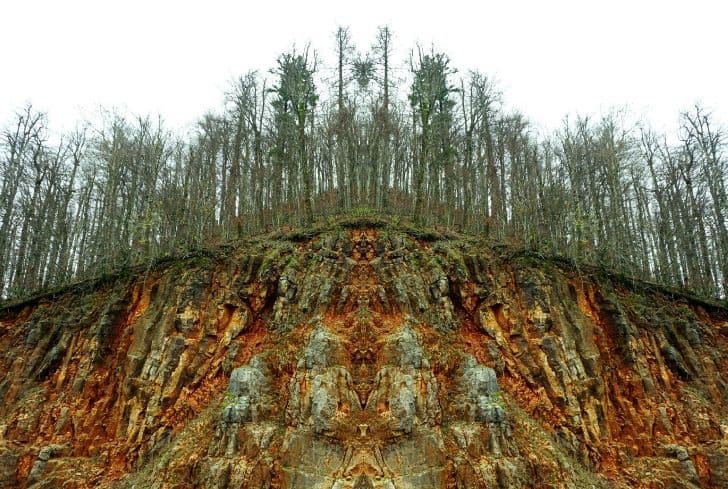When sulfurous sulfuric and nitric acids in polluted air and rain react with the calcite in marble and limestone the calcite dissolves.
The effect of acid rain on a marble structure lab.
It is well established that either wet or dry deposition of sulfur dioxide significantly increases the rate of corrosion on limestone sandstone and marble.
The effects of acid rain on building material eg.
Objectives the objectives in this investigation are 1 to demonstrate and measure the effect of acid rain on exposed stone surfaces and 2 to calculate the rate of acid degradation of limestone.
A combination of natural events such as volcanic.
This lets of sulfuric oxides the other one is cars trucks etc.
Acid rain and its negative impacts have been an important topic in environmental science for many years.
Questions on effects of acid rain.
Over time statues made of marble will suffer ill effects from exposure to acid rain.
Based on the information described above about the calcium ion and the formula of calcium carbonate caco 3 deduce the charge of the carbonate ion.
Acid rain is referring to rain with a ph4 or lower.
Natural causes are lightning strikes volcano eruptions and also dead and decaying foods.
They let nitric acid into the atmosphere.
Also in the structure of the carbonate ion are any of the oxygens bonded to one another or all the oxygens bonded to the carbon atom.
However the main effect is man made burning of the coal.
Building structures made of marble and limestone are mostly affected by acid rain as the acid eats the calcium compounds in the structures.
Sulfur dioxide an acid rain precursor can react directly with limestone in the presence of water to form gypsum which eventually.
Higher the concentration of hydrochloric acid the faster the reaction will take place because there will be more hydrochloric acid particles to collide with the marble chip particles therefore resulting in a quicker reaction.
Acid deposition also affects human made structures.
The lower the concentration the weaker the reaction will be as there will be fewer particles so less chance of.
Acid rain has corrosive effects because it eats into metals and stone.
Stone surface material may be lost all over or only in spots that are more reactive.
As a result it has led to weathering of buildings corrosion of metals and peeling of paints on surfaces.
The most notable effects occur on marble and limestone which are common building materials found in many historic structures monuments and gravestones.
Acid rain acid rain effects on human made structures.
Acid rain effects on buildings acids have a corrosive effect on limestone or marble buildings or sculptures.




























